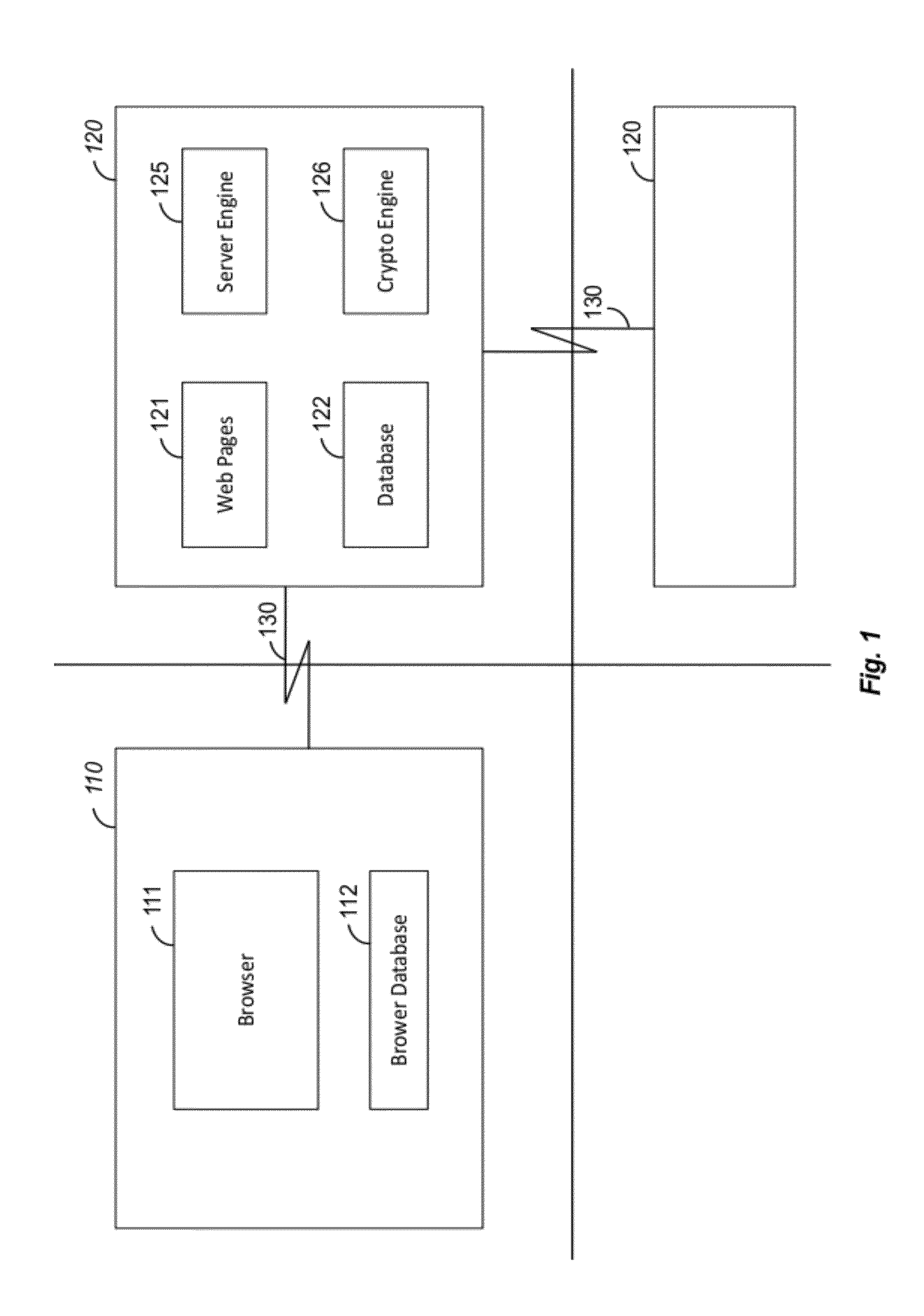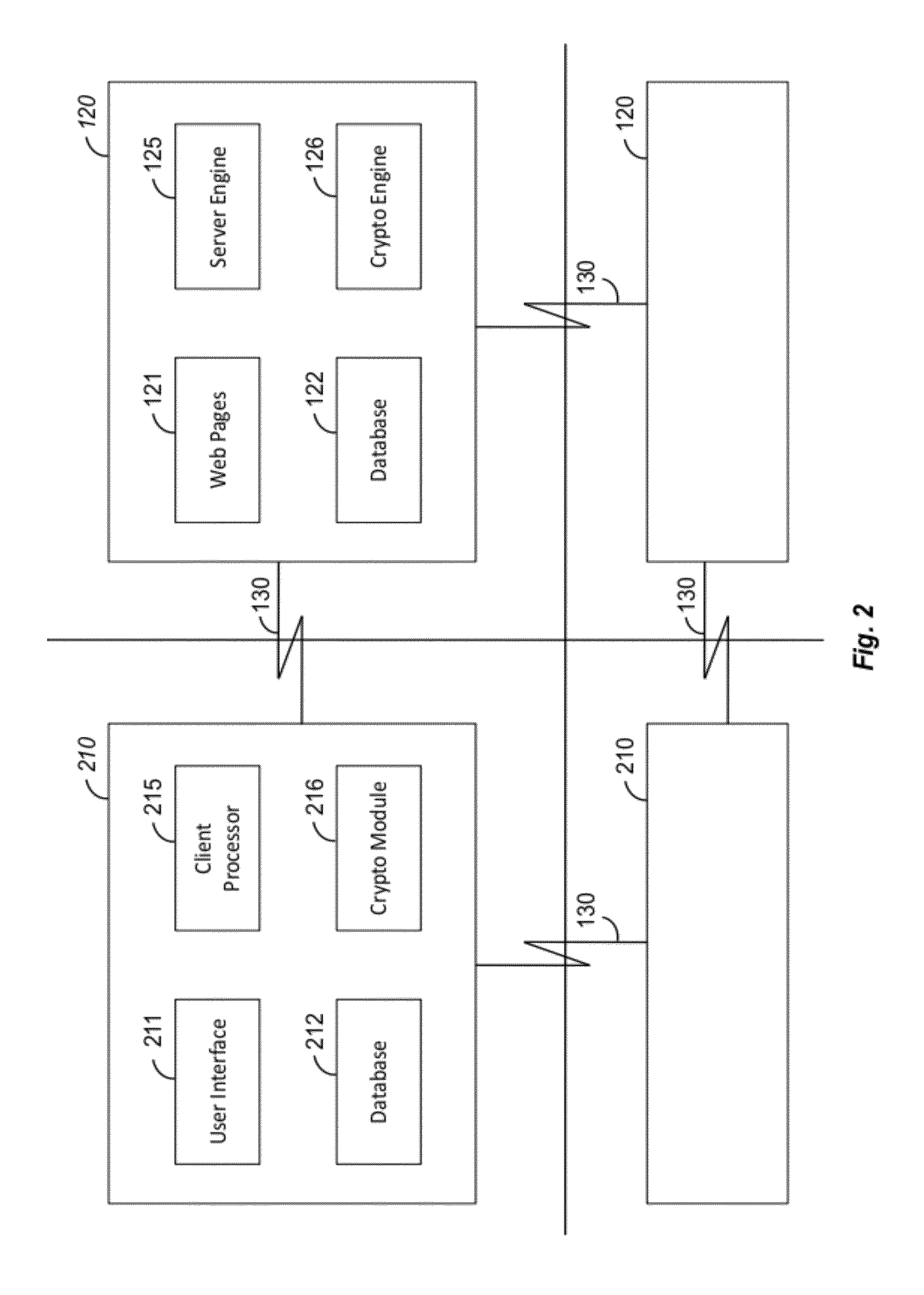However these systems are subject to a number of attacks as documented in Josang, A.; Ismail, R.; Boyd, C.
This will cause the emergence of a decentralized fault-tolerant web of confidence for all public keys.” However two decades have passed and this idea has not been implemented at any significant scale; no sizable peer-to-peer web of trust has emerged.
While years of industry effort have gone into the development of these protocols, and some adoption has occurred, they have not achieved the broad adoption their architects intended.
Drawbacks include both technical complexity, difficulty of
interoperability, and lack of business incentives for adoption.
However the success of Facebook and other social networks has raised significant privacy concerns.
Their privacy controls are complex and hard to understand, which results in relatively little usage of these controls.
They have a significant number of privacy defaults set to “public” or “share”, which results in a generally low expectation of privacy and data protection.
Because the
social network earns a profit on its knowledge of user's data, it is not incented to enable direct relationships between users and businesses even if it may be done at lower cost and provide higher value and greater control to both the user and the business.
Although there is strong market interest in social CRM systems, a primary
weakness of these systems is that they do not actually extend or enhance a relationship directly with the customer.
Therefore, they do not provide controls or
authorization mechanisms for the safe exchange of customer data directly with a customer.
Secondly, user relationships, interactions, and expectations on a
social network are defined by a social context, so the introduction of commercial relationships and values is often inappropriate, out-of-context, or even intrusive.
Thirdly, neither social CRM systems or social networks have the legal or trust frameworks that facilitate the sharing of information across security and privacy boundaries.
Lastly, neither CRM systems nor social networks were designed to facilitate a measurable exchange of value between businesses and users that corresponds to the value of the digital relationship they share.
While customer networks provide a commercial context for group activities, such as customers answering each other's questions or
ranking the priority of new features for a product, they do not solve the aforementioned deficiencies of either CRM systems or social networks.
In addition, while dedicated customer networks may help facilitate direct
data sharing and relationship management with the business they serve, the proprietary nature of this relationship means that this data and set of social relationships are not easily portable and reusable with other business relationships.
However because of the specialized nature of the data and the network participants, they do not address the need for other digital relationship management services or relationship value exchange.
In addition, since they are dealing with extremely sensitive data in a highly regulated industry, their trust infrastructure is relatively rigid and dependent on established industry and governmental certification programs.
One drawback shared by site-specific reputation systems is that the reputation scores and other
metadata they produce are not portable across sites, domains, or contexts.
In addition to technical barriers, there can also be legal barriers.
For example, eBay™ does not permit the user of its buyer and seller reputations on other websites.
This lack of cross-context portability and applicability of reputation
metrics is a significant hindrance to the establishment of trust in Internet and Web applications that need to cross multiple trust boundaries.
While these approaches produce a consolidated reputation metric, and this metric can to some degree be contextualized by topic, these reputation scoring systems are not themselves reputation systems or relationship management systems.
Users also do not have a direct way to input or express the contexts in which they are interested or active, nor can they enter into or manage relationships and perform exchanges of relationship value.
Finally, because these scoring systems are external to the systems from which the
score is derived, and only available under certain licensing arrangements, they are not uniformly available to applications that need to consume reputation
metrics across a wide
population of users.
A significant drawback of this approach is that it does not reflect the value of the guest to the hotel or of the hotel to the guest, but is derived externally to this relationship.
However, the applicability of such a social currency to relationship value exchange between users of the
social network and businesses who want to form direct relationships with those users is subject to the same drawbacks discussed above.
Other
online and offline markets that could be significantly enhanced by integration with portable, cross-context, trusted reputation
metrics include advertising auction systems such as Google™ AdWords™ search
keyword advertising auction
system;
online advertising networks such as Google™ AdSense™ and Yahoo™ Publisher Network; and
group buying systems such as GroupOn™ and LivingSocial™ The key challenge across all of these systems is how reputation metrics can be integrated in a way that is both trusted by customers and businesses alike and which produces rewards that maximize the value for both the customer and the business.
They do not address needs expressed and aggregated by customers for action by businesses because that would require a trust mechanism that does not currently exist for businesses to verify that customers within the group represent legitimate demand.
 Login to View More
Login to View More  Login to View More
Login to View More 


